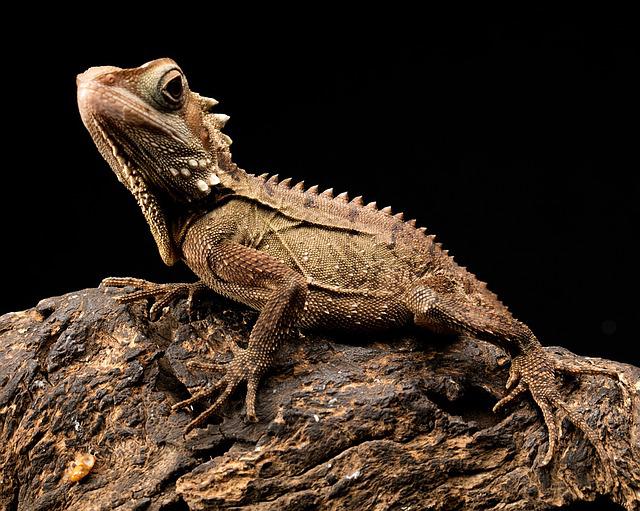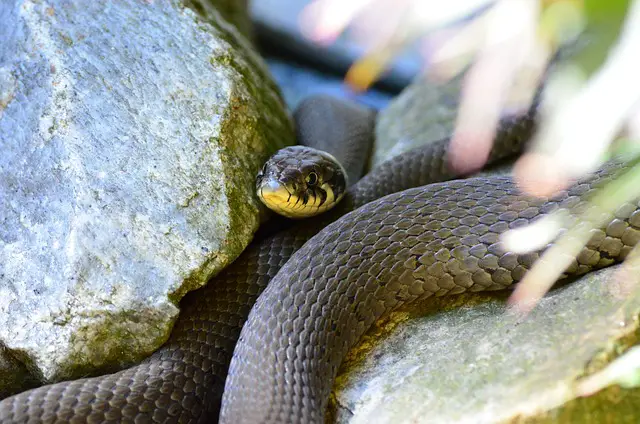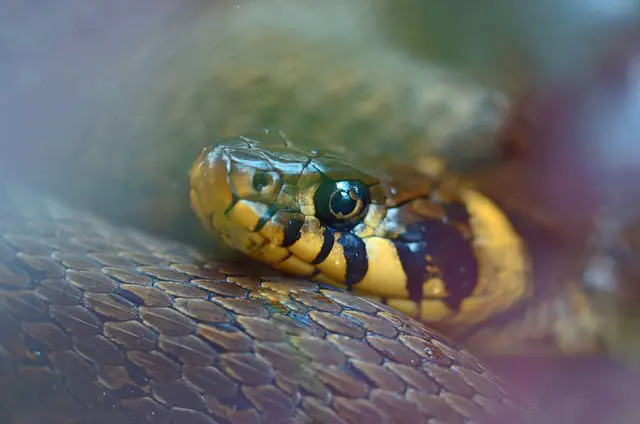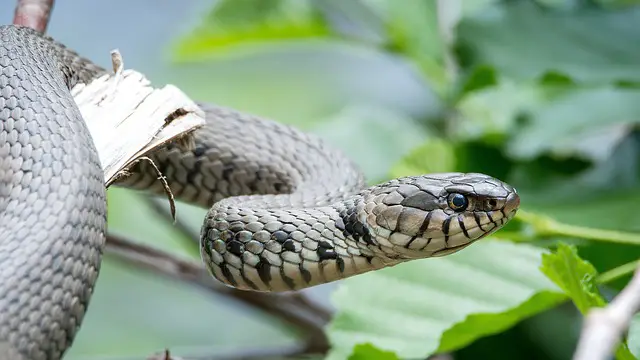In the wild, bearded dragons live in a desert location and are found across Australia. While there are some that will take refuge in subtropical woodlands, most of these animals prefer the arid conditions of the desert.
It could be easy to believe, then, that bearded dragons do not need a lot of water; after all, there isn’t a lot of it in the desert.
In reality, all animals need water in some form or another. Bearded dragons do not need anywhere near as much water as we do but they certainly need to remain hydrated. It may not be something that a lot of pet owners consider, but it is entirely possible for beardies to become dehydrated.
In this article, we are going to be looking at how much water your bearded dragon will need and how to make sure that he always remains hydrated.
How Much Water Should I Give To My Bearded Dragon?
According to experts, reptiles, including bearded dragons must have between 10ml and 30ml of water per day, per kilo of their body weight. This might sound like a minimal amount, and it is because, for an average-weight bearded dragon, this works out at just two teaspoons of water each day.
That sounds like a shockingly low amount but this is sufficient for a bearded dragon. That being said, many pet owners will leave a much larger supply of water for their pet so that it has the choice to access more water if it desires.
However, we should also consider that a bearded dragon will not only take its water from a direct source. The fluids it receives can also be counted from any water within the bearded dragon’s food.
If they are eating moisture-rich fruits, for example, this can be counted towards their daily intake of water.
Regardless of the age of the bearded dragon, water will still be needed.
How To Give A Bearded Dragon Water
One of the things that we must consider when thinking about how much water a bearded dragon need is a way in which we provide the water.
As humans, we are used to taking all of our hydration by drinking fluids but when it comes to animal care, we must keep in mind they are vastly different from us.
Water Bowls
There are some bearded dragon owners who will say that you do not need to provide a water bowl for your bearded dragon but this is not entirely correct.
You can offer water in other ways but a water bowl is a good option for the enclosure.
However, since bearded dragons have trouble noticing water that is static, they may become dehydrated even when there is a water bowl in the cage.
For this reason, a lot of people will use a water bowl that has a dripping function or some other way to make the water move.
This will likely attract the animal to it. That being said, do not be alarmed if you don’t see your beardie drinking very often, they get most of their water from other sources; as we will see later on.
Some bearded dragons like to sit in their water bowls but this will often stimulate them to poop, so do be mindful to keep their water supply clean but change it every day.
You should also make sure that the water bowl is shallow as there is a chance that the animal could drown.
High Water-Content Foods
One of the most common ways for a bearded dragon to get his daily fluids is from what he eats. A lot of their diet is made up of insects and whilst these contain an amount of water, fruits and vegetables are the best way to get fluids into your pet.
Watercress, courgette, and cos lettuce all have a water content of around 95% making them the best choices for your bearded dragon where hydration is concerned.
However, there are other foods that have a sufficiently high water content including bell peppers, mustard greens, strawberry, endive, rocket, and watermelon.
Bathing The Bearded Dragon
It may come as a surprise that bearded dragons can absorb water through their vents. This is not drinking in the traditional way that we understand and should never be used as their main hydration technique.
The vent is typically used for hydration when there is no other way for the bearded dragon to get water. However, a lot of owners enjoy bathing their beardies around twice a week to allow them the opportunity to become hydrated this way.
If you do not wish to give your bearded dragon a full bath, there is also the option of misting him. It is important that you do this when the cage is freshly cleaned and you should not do it if the substrate will become too wet.
However, this technique is a great way to offer water since it mimics one of the bearded dragon’s natural functions. These animals have a series of ridges on their backs.
In the wild, they will store water in these ridges so that when they do not have a water source, they can tilt their heads and allow the water to run down to their mouths.
Dehydration In Bearded Dragons
Despite the fact that bearded dragons do not need huge amounts of water, they can very easily become dehydrated so the first critical thing to make sure of is that your pet always has access to water.
It can be difficult to tell when a bearded dragon is dehydrated but initially you may notice that he is reluctant to drink or eat and may become very lethargic.
This is typically the first stage but after this, you may find that the bearded dragon starts to struggle with constipation. He may appear to have sunken eyes and wrinkled skin.
One of the best ways to test for dehydration is to perform a pinch test. Gently pinch a bit of the animal’s skin and see how long it takes to flatten back down.
Usually, this should happen very quickly, if it takes longer, this could signify dehydration.
If you notice signs of severe dehydration, your first port of call should be your vet as the bearded dragon may need to receive fluids.
However, if the dehydration appears to be mild, you could try any of the ways that we have discussed in this article to get fluids back into your pet.
Conclusion
Bearded dragons are desert animals and are used to living in very dry conditions in the wild. However, this is not to say that they do not need to be hydrated.
These animals typically only need a small amount of water each day but it is vital that your pet always has a water supply to avoid dehydration.
- What Eats Black Caiman: Predators and Natural Enemies
- Do Black Caimans Eat Monkeys? Exploring the Diet of Black Caimans in the Wild
- Do Black Caiman Live in Groups? Exploring the Social Behavior of These Large Reptiles
- Do Black Caiman Have Predators? Exploring the Threats to This Amazonian Reptile
- Do Black Caiman Eat Toucans? Exploring the Diet of Black Caimans in the Wild




